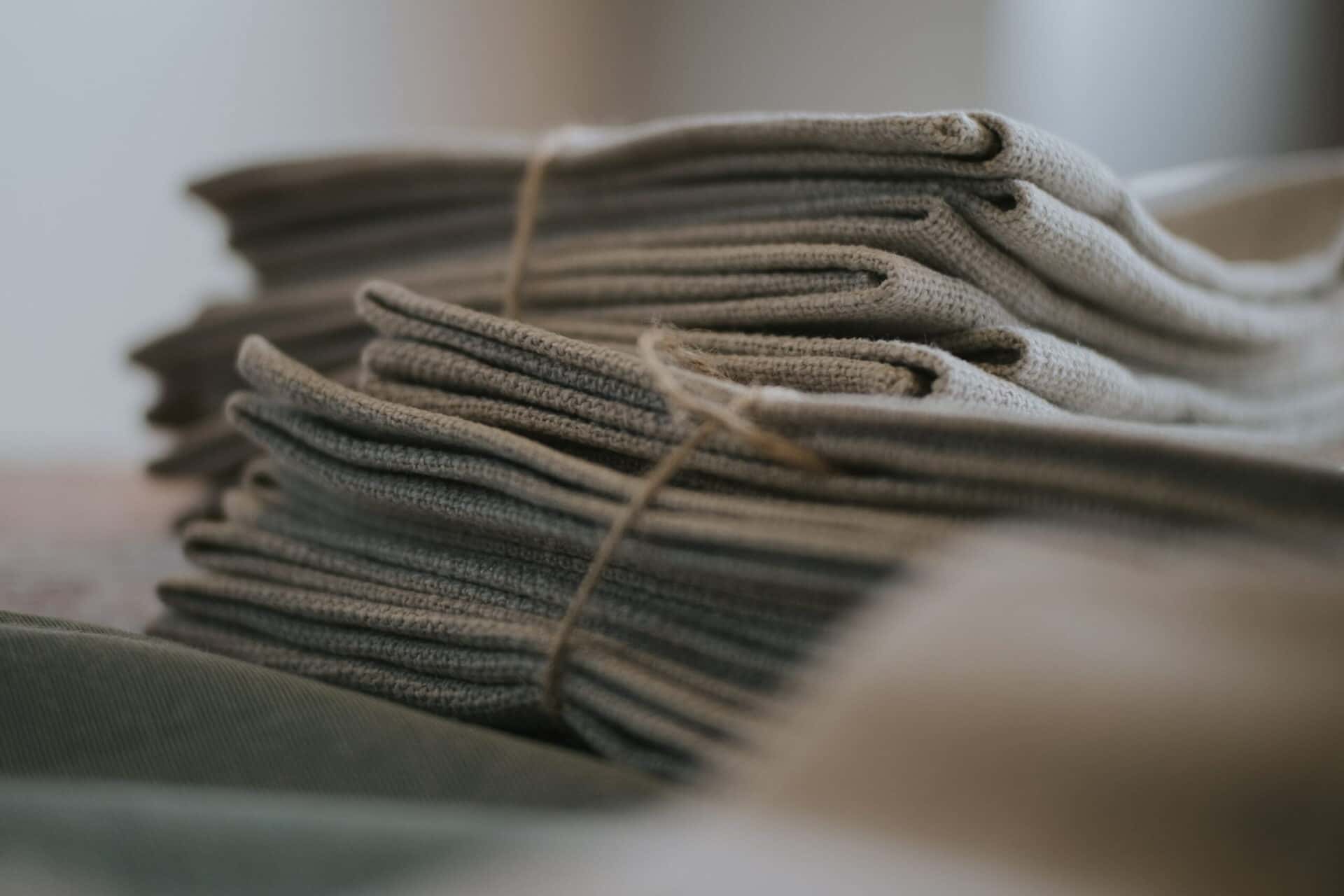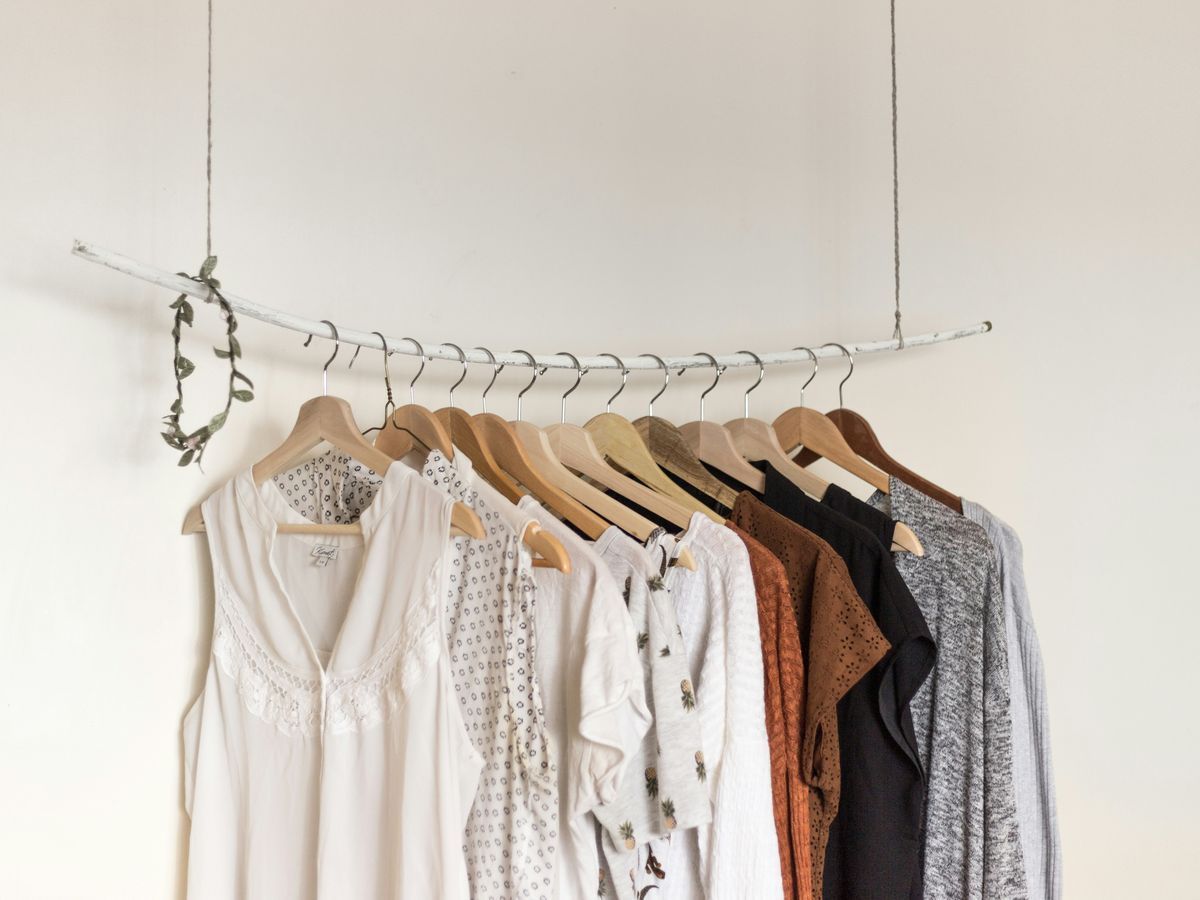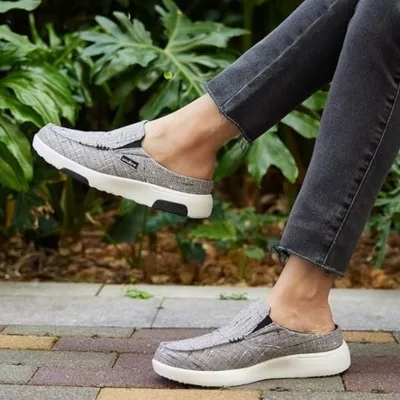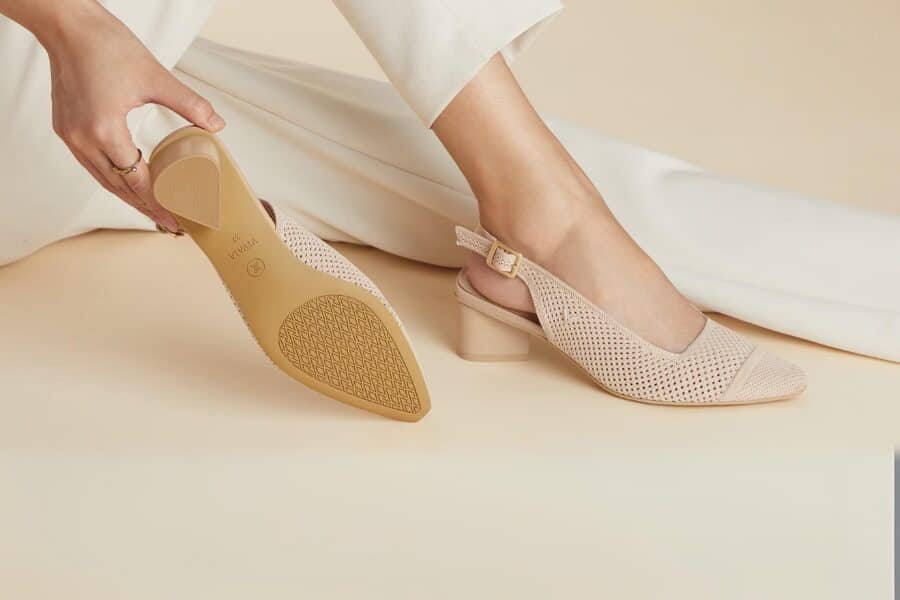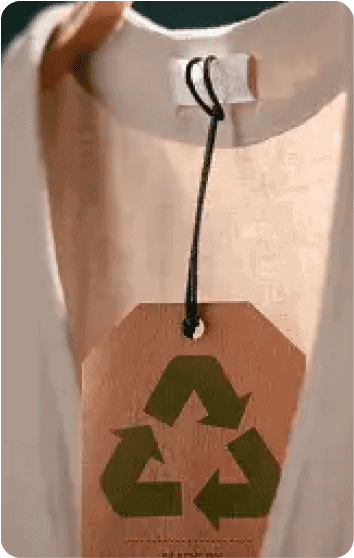Viscose material, often known as Rayon fabric, stands as the third most prevalent textile fiber globally. This semi-synthetic fiber, derived from cellulose fabric, marries the realm of natural and man-made materials. While viscose, also referred to as bamboo viscose in some eco-friendly textile circles, boasts a tree-based origin, its environmental virtues are not as clear-cut as one might assume.
This comprehensive guide delves into the fabric production process of viscose, evaluates its place in sustainable fashion, and scrutinizes the biodegradable material’s true environmental impact. Join us as we unravel the complexities of viscose to determine if it truly lives up to its sustainable reputation.
What is Viscose?
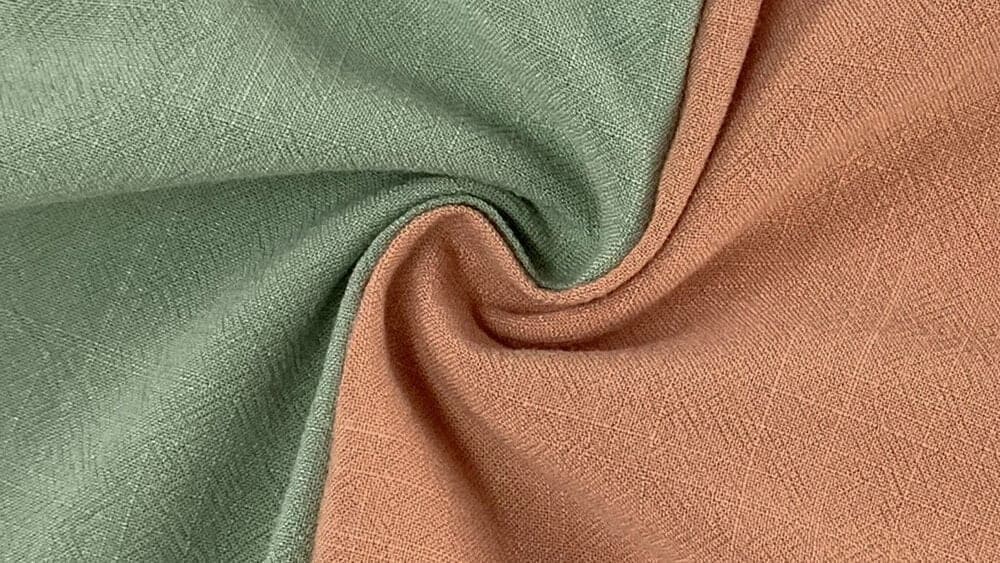
To start off from the most basic of all questions is to answer what is viscose actually? Viscose is created from wood pulp with a comparable drape and smooth feel to the luxurious material. It is frequently touted as a more eco-friendly alternative to cotton or polyester and a less expensive and more durable substitute to silk in the fashion industry. Viscose was created in the late 1800s after a silkworm blight rendered natural silk, which was ridiculously expensive, nearly unaffordable.
Viscose is a diverse fabric used in apparel such as blouses, dresses, and jackets and the house in carpets and upholstery. It is also used in upholstery, bedding, cellophane, rugs, and clothing.
Crafting Viscose Material
Now that you know what is Viscose, you should understand its production process for a clearer insight. Viscose is made from the wood pulp of beech, pine, and eucalyptus, although it can also be made from bamboo. Due to the various chemicals required in the viscose process, such as sodium hydroxide and carbon disulfide, viscose-natural fibre is considered semi-synthetic. The yarn is created using a synthetic approach. Yet, the fabric is built on a plant-based foundation.
The plant is crushed into wood pulp, and chemicals such as sodium hydroxide are dissolved, resulting in a brown wood pulp solution. Following that, the dark wood pulp is washed, cleansed, and bleached. The pulp is treated with carbon disulfide and then dissolved in sodium hydroxide to form the viscose solution used to make the fibres. Then, the solution is driven through a spinneret, a mechanism that produces regenerated cellulose filaments. This regenerated cellulose is spun into yarn and woven or knitted into viscose rayon fabric.
Bamboo Viscose Explained

Bamboo viscose is one of the most durable and cheap textiles. It is manufactured from bamboo cellulose. The plant’s sap is harvested and converted into bamboo chips. These chips are immersed in sodium hydroxide and carbon disulfide to manufacture wood pulp. Spinnerets are used to extract the pulp, which is subsequently solidified using sulfuric acid. Bamboo will outlive cotton three to four times over in shape, strength, and durability when properly maintained, whatever piece of clothing it is. With this information now, you don’t just know what is viscose, but also a major subcategory of it as well.
Is Viscose Material Stretchy?
Delving into the properties of viscose material, beyond simply asking ’What is viscose?’, reveals its versatile nature. This semi-synthetic fiber, often linked to rayon fabric, shares a similar drape and texture. While viscose is inherently not as elastic as some textiles, its stretchiness can vary significantly. The textile industry leverages this adaptability, crafting both knit and woven forms of viscose. Knit viscose, akin to the comfortable give found in a cotton t-shirt, offers a degree of elasticity due to its looped yarns. In contrast, woven viscose presents less give, embodying the structured feel characteristic of many eco-friendly textiles.
The sustainability of viscose material, frequently marketed as bamboo viscose, also hinges on its production process. As a cellulose fabric derived from natural sources, viscose’s biodegradable qualities are lauded in sustainable fashion circles. However, the environmental impact of viscose production is complex, prompting a closer examination of its role as an eco-conscious choice.”
Is Viscose Material Breathable?
Understanding ’what is viscose’ extends to experiencing its wearability, particularly its breathability. Viscose material, a semi-synthetic fiber closely related to rayon fabric, is not just stretchable but also remarkably breathable, making it a perfect addition to any summer collection. Its texture, akin to silk, offers a cool and comfortable touch, ensuring a pleasant feel against the skin.
This eco-friendly textile, often derived from bamboo viscose, is also highly absorbent, a quality much appreciated in the textile industry for warm-weather apparel. Despite its delicate appearance, viscose is durable and regains its silky smoothness after washing, embodying the sustainable fashion movement’s push for both style and substance. As a cellulose fabric, viscose’s biodegradable nature is a testament to the fabric production process’s evolution, though the environmental impact of viscose remains a topic of ongoing discussion among eco-conscious consumers.”
Viscose vs. Rayon

To fully understand what viscose is, you need to rule out any confusion between what is viscose and what is rayon if they’re not the same fabric. Rayon and Viscose’s main difference is that Rayon is a form of textile fabric made through the Cellulose Immersion process and made from wood pulp, with a higher adsorption capacity. In contrast, Viscose is a type of textile fabric made through the Cellulose xanthate process and made from plant fibres, with a lower absorption rate.
Rayon fabric is most commonly found in the furnishing industry, where it is used for drapes, bedsheets, and blankets. This cloth is frequently used for surgical masks and bandages in the medical field. The fabric rapidly absorbs fluids around it, keeping the injured area dry. Rayon fabric is made in an environmentally friendly way. The manufacturing process uses less energy and less harmful chemicals. As a result, Rayon fabric is extremely affordable.
The Rayon fabric, on the other hand, is not very long-lasting. The solvents in water and the sun’s UV rays easily destroy the polymer chains. As a result, Rayon fabric is not weather resistant and dissolves swiftly in the ground.
As you dive deeper into exploring what is viscose, you’ll find great features about the fabric. The viscose fabric is soft. As a result, this material is frequently used in the apparel business, where it may be found in shirts, pants, jackets, blazers, and other dresses. Because of its extreme softness, it is also used as disposable wipes. This fabric is also commonly used to clean the touch-screen surface of cell phones and other sensitive gadgets.
The manufacture of Viscose fabric is not very environmentally friendly. The manufacturing process necessitates a large amount of energy as well as a large number of harmful substances. As a result, the cost of Viscose fabric is exceptionally high. The Viscose fabric has the added virtue of being extremely durable. The most solvent in water and the sun’s UV rays are unable to break the polymer chains of viscose fabric quickly.
Is Viscose Fabric Sustainable?
It’s not enough to just know what is Viscose, but also understand why having knowledge about it is relevant in the present era. Viscose, as a plant-based fiber, is neither inherently harmful nor polluting. Viscose is made from wood pulp and is cellulosic, similar to cotton or linen.
Cellulosic materials are only half artificial. Polyester is an entirely man-made fibre, whereas cellulosic fibres are sourced from a natural source.
The wood pulp used to make Viscose is treated with chemicals before being filtered and turned into a fine thread. This highly polluting technique discharges numerous harmful substances into the air and waterways around manufacturing plants. Another dangerous element is carbon disulfide, which causes more significant coronary heart disease, birth defects, skin disorders, and cancer in labourers and individuals living near viscose manufacturers.
Furthermore, the dissolving-pulp manufacturing method wastes around 70% of the tree and is a chemically intensive manufacturing process.
Viscose production contributes to the increasing depletion of the world’s forests, which are being destroyed to make room for pulpwood plantations. It is believed that approximately 30% of Rayon and Viscose used in clothing is derived from pulp taken from endangered forests. This not only results in habitat loss, posing a severe threat to endangered species, but it also frequently entails human rights violations and land theft from Indigenous groups.
Since viscose is derived from cellulose, there has been some debate about its sustainability.
Top 5 Eco-Friendly Viscose Brands
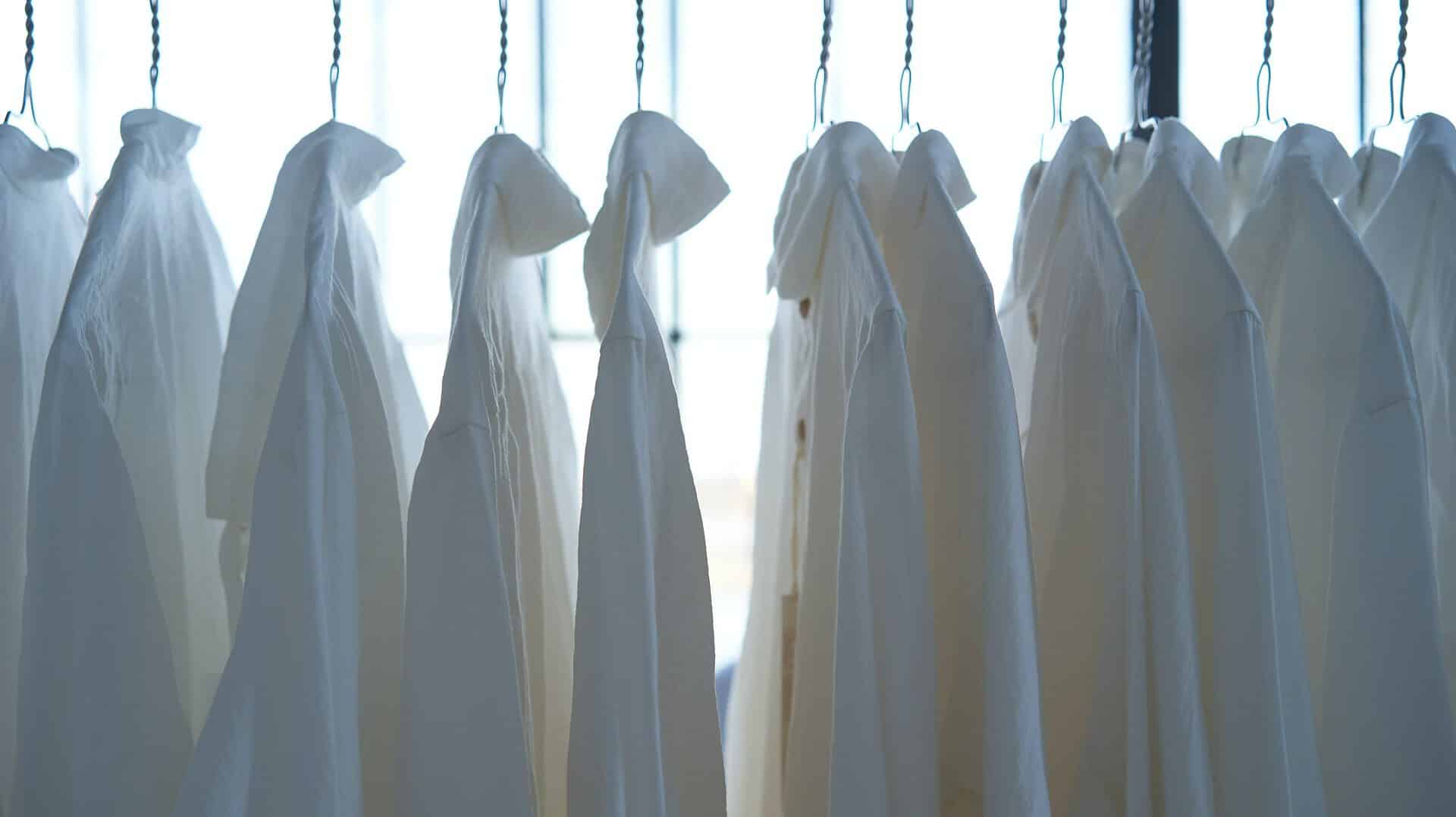
New materials, such as EcoVero, are developed with the advancement in technology. This revolutionary fabric, produced by Lenzing, is made from sustainable wood obtained from controlled sources.
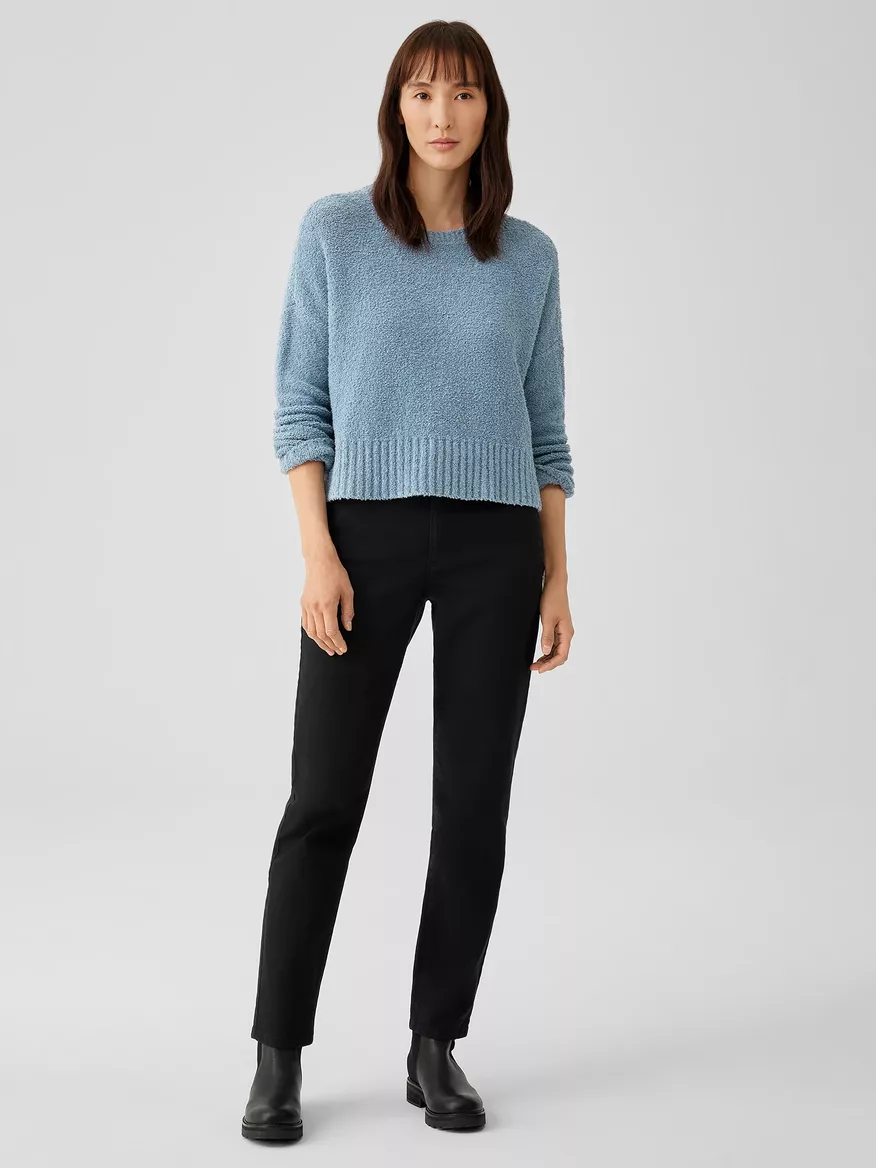
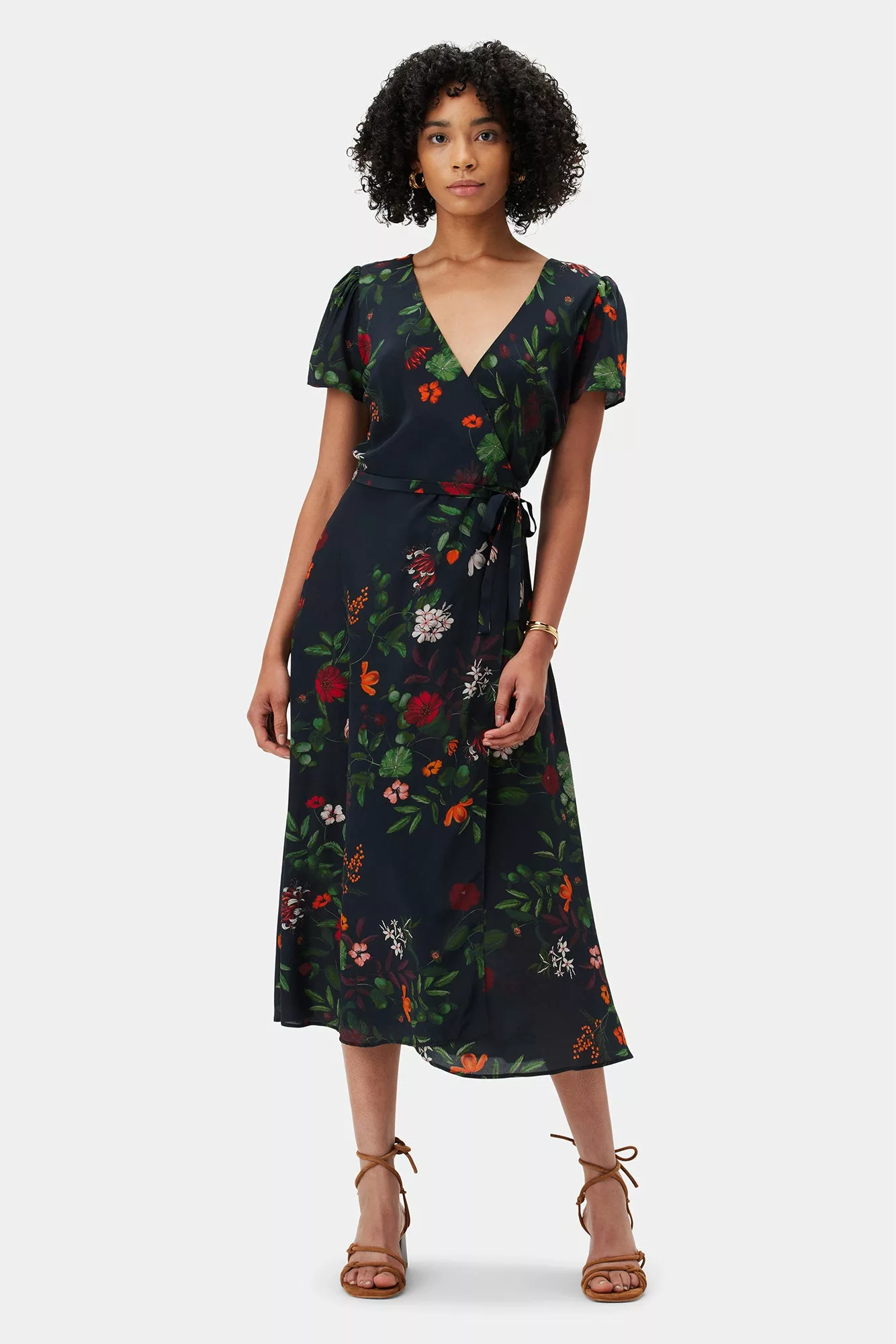
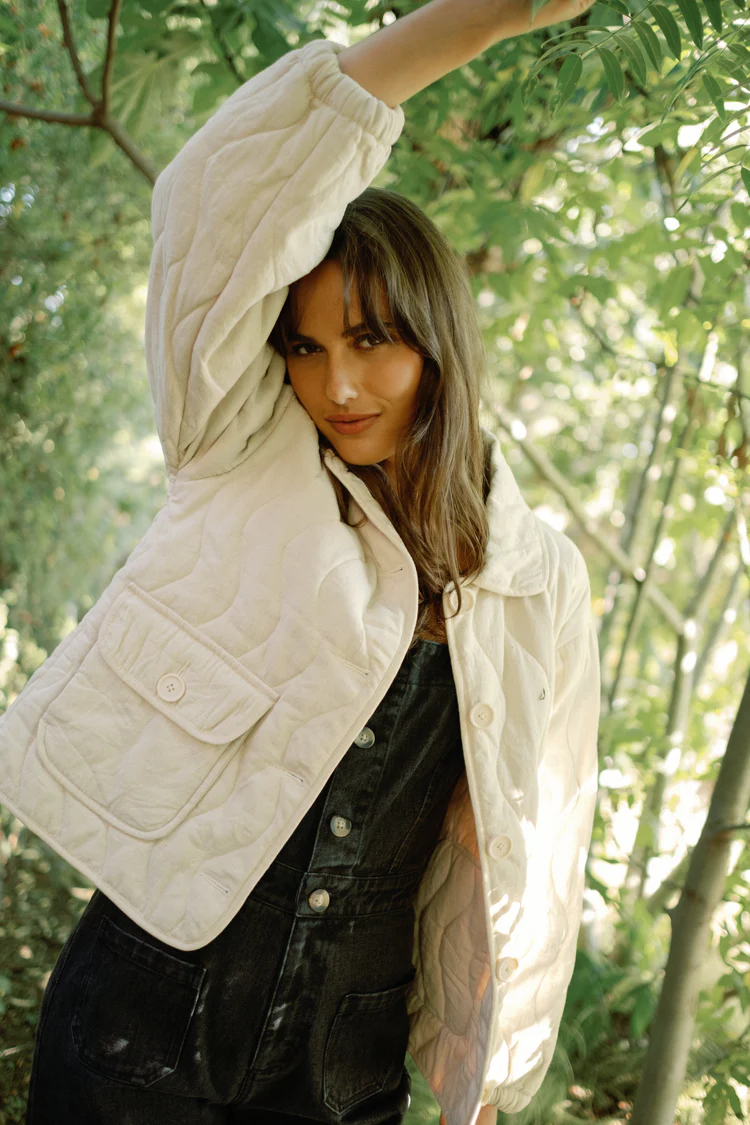
If there’s a brand that appreciates the fabric’s sustainability while actually understanding what is viscose, it’s Whimsey+Row. Whimsey + Row is an eco-conscious lifestyle brand founded on a passion for high-quality goods and environmentally friendly procedures. Its objective has been to deliver simplicity and elegance for the young, sustainable lady since 2014.
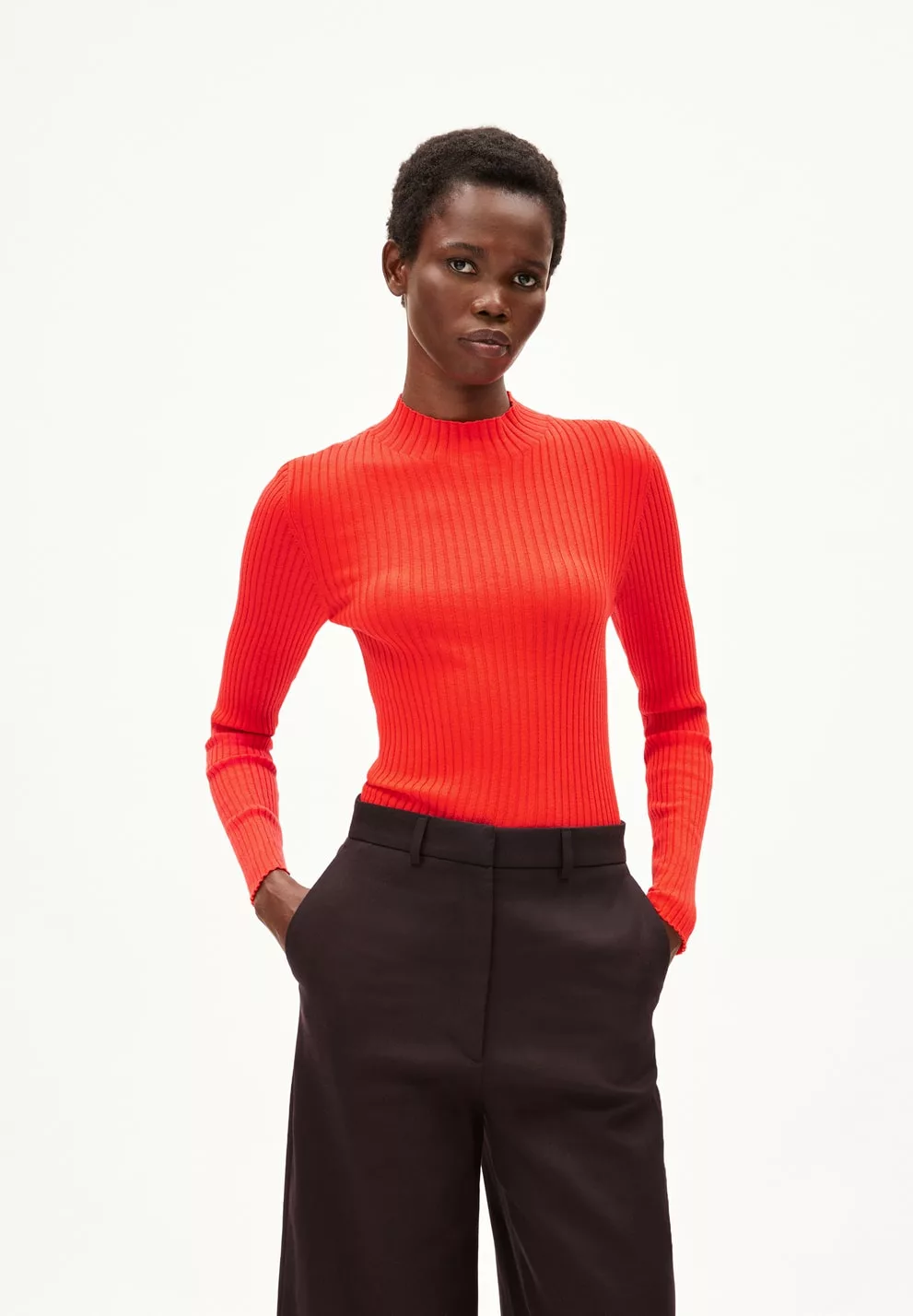
Affordably priced, ethically sound, and on-trend. Germany’s Armedangels has an overall rating of ’Great’. The brand provides all of the essentials for ladies, men, and children. Armedangels’ high-quality, long-lasting products are manufactured from sustainable, environmentally friendly, and certified materials, such as GOTS-certified cotton. The business also adopted the Fair Wear Foundation Code of Conduct to protect its workers abroad. Its items are offered in sizes ranging from XS to XL.
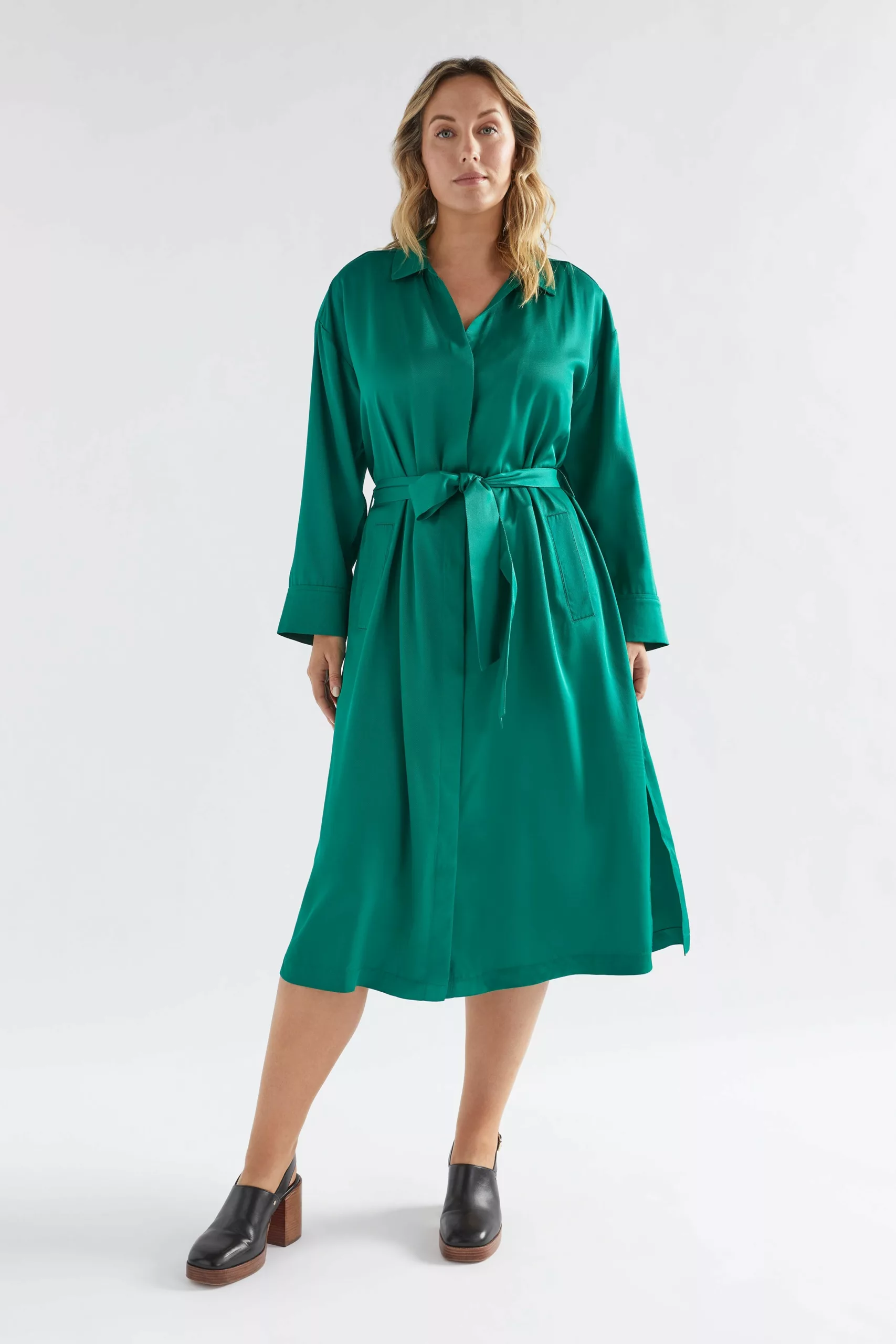
Elk extensively uses ’green-shirt’ graded cellulose fabrics and traceable Viscose. Ecovero, Tencel, and other approved more sustainable cellulose fibres accounted for about a quarter of Elk’s fabrics by weight. Elk is phasing out all traditional Viscose. However, this is a slow process. Collared shirts, skirts, slacks, tops, jumpsuits, velvet pants and jackets, co-ord sets, tanks, and more can be found in Elk’s selection of more sustainable Viscose in its extensive collection.
The Verdict on Viscose

Now that you know what is viscose, how it’s made and where it’s used, the debate regarding its sustainability isn’t settled just yet. Viscose is bio-degradable yet can take between 20 to 200 years to totally biodegrade. This is a direct result of it being a synthetic product. Therefore it can be suggested that it is not totally bio-degradable such as woollen fabrics or pure cotton. Viscose is significantly being manufactured while utilizing the procedure called Lyocell. This method creates much less waste, making it more eco-friendly than various other strategies used in the garment industry.
Furthermore, individuals are starting to require more obligation from suppliers and also the methods used for viscose might be much more eco-friendly in the near future! The textile is solid and wonderful to deal with, so hopefully, more environment-friendly manufacturing approaches will come up soon enough. This way it is a lot more lasting than several various other synthetic fabrics being produced. Due to several loopholes in the manufacturing arena which disregards eco-friendly production techniques at the moment, viscose can certainly not be considered as an entirely sustainable fabric just yet. But if you’re looking for great sustainable fabric finds, visit our eco-friendly store now and we promise you won’t be disappointed!
Craving more eco-chic insights? Dive into our treasure trove of fashion blogs where sustainability meets style. Discover a world of innovative and sustainable materials that are transforming the fashion landscape.
